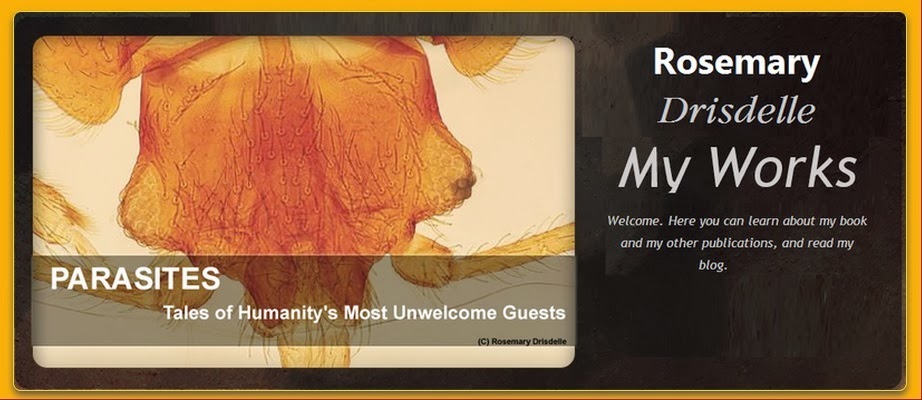[caption id="attachment_365" align="alignleft" width="185" caption="Cyanobacteria, NOAA"]
 [/caption]
[/caption]The plastid in malarial parasites – called an apicoplast – has the same origin as chloroplasts in plants and functions in similar ways. This suggests that Plasmodium spp. and their relatives: Toxoplasma gondii, Cryptosporidium spp., Cyclospora cayetanensis, Isospora belli, and Babesia spp., to name the main ones parasitic in humans, are more like plants than we typically think.
The plastid in Plasmodium spp. and other apicomplexans has lost the ability to produce energy from light, but it remains a vital part of the cell, synthesizing fatty acids, heme and other molecules. The organisms can’t live without their apicoplasts.
Aside from identifying an intriguing connection between some of our worst parasites and the plant kingdom, the discovery of the apicoplast has suggested new ways of treating infections with these parasites. Plasmodium spp. are notorious for developing resistance to antimalarial drugs, while Toxoplasma, Cryptosporidium, and Babesia have proven very challenging to treat and eradicate in the body. It could be that the agents to treat these infections are already in our possession – in the form of herbicides.
Lim, L., et al. The carbon and energy sources of the non-photosynthetic plastid in the malaria parasite. FEBS Lett. (2009),

No comments:
Post a Comment